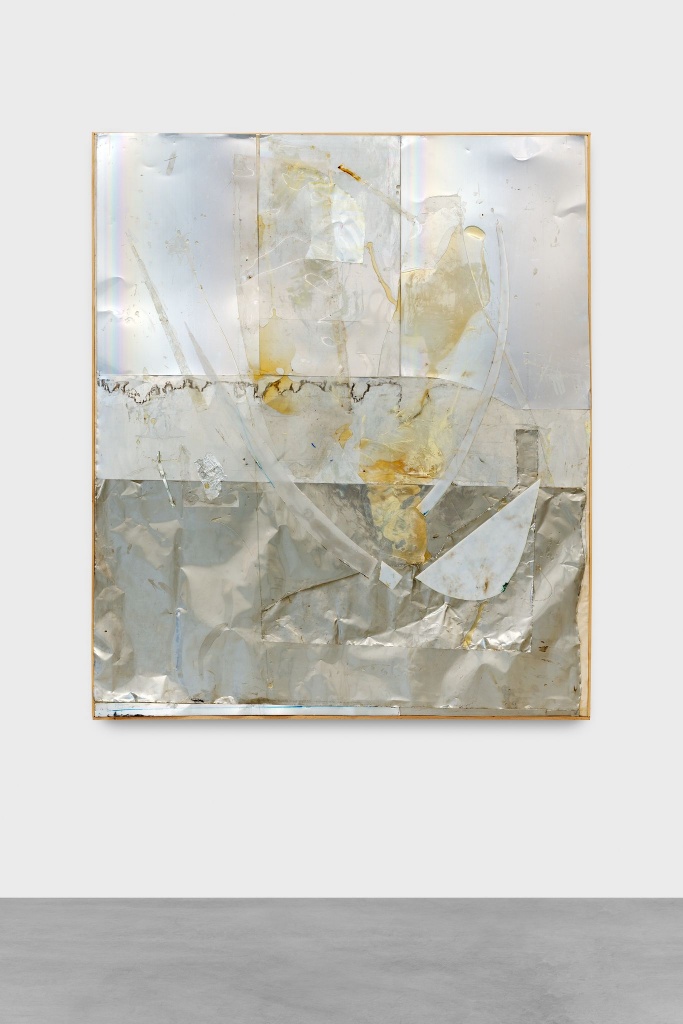ART CITIES:Brussels-Rudolf Polanszky
 Rudolf Polanszky is considered a key figure in the Actionist and Post-Actionist Movement with his conceptual oeuvre which aims to bring abstract mathematical and scientific concepts to life. His works are realized in processed and used materials such as acrylic glass, aluminum and cardboard. Rudolf Polanszky belongs to an illustrious generation of creative Austrian free spirits, like his close friend Franz West, who were always more interested in originality and subconscious.
Rudolf Polanszky is considered a key figure in the Actionist and Post-Actionist Movement with his conceptual oeuvre which aims to bring abstract mathematical and scientific concepts to life. His works are realized in processed and used materials such as acrylic glass, aluminum and cardboard. Rudolf Polanszky belongs to an illustrious generation of creative Austrian free spirits, like his close friend Franz West, who were always more interested in originality and subconscious.
By Efi Michalarou
Photo: Almine Rech Gallery Archive
Rudolf Polanszky’s career was established in the late 1970s, when hemade his first conceptual series, a series of artworks using pigs’ fat, entitled titled “Schweinsfettzeichnungen” (1976) in an attempt to incorporate something that once was alive into his art, also the same year he made the film “On a Semiology of the Senses”. His practice developed through the observation of how behavior is unconsciously guided or, in his words, “externally directed”. He restricted himself to certain methods as a means of examining and formulating the structures of “process-dependent” results through the use of collage and assemblage. Alongside these quasi-scientific experiments he also produced works in Super 8 film and video. Italian curator Francesco Stocchi has referred to Polanszky as “a philosopher disguised as an artist” who knows well enough that “productive answers are to be found in the questions”. During the 1980s, he developed an extensive and ongoing sculpture practice alongside film and video works, the latter often recording pseudo-scientific experiments or action painting. His sculptures contain the raw scraps of industrial materiality bound in visually delicate but robustly balanced ‘plinths’, which carry aloft Plexiglas sections in part describing a circle, or horizontal sections the length of a rectangle and reminiscent of strata below the surface of the earth. The sculptures, like vessels, are sometimes filled with smaller versions of themselves, or else more fluid and visceral substances such as feathers, pigment, foam and fiberglass, ranging in form from the model to the monumental. Polanszky’s preferred materials include acrylic glass, metal, mirror foil, synthetic resin, wire, and plastic foam. Working with these staples, he sets them free by disassociating them from their original purposes or intended uses. Superimposing and layering strata, interleaving, nesting, or folding elements, he creates new structures. The artist’s term for this nonlinear and spontaneous procedure of piecing together existing materials and accidental forms is “ad-hoc synthesis”. The resulting “trans-linear” or “trans-aggregate” structures, Polanszky says, are “an unstable construct of a subjective reality that points beyond a seemingly stable condition”.
Info: Almine Rech Gallery, 20 Rue de l’Abbaye, Brussels, Duration : 24/10-21/12/19, Days & Hours : Tue-Sat 11;00-19:00, www.alminerech.com

